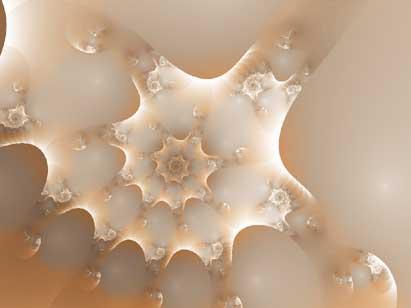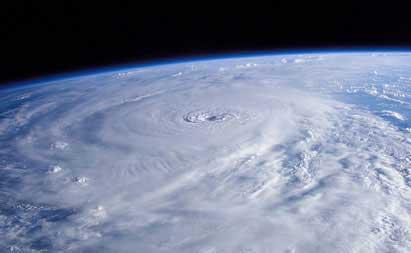Fractals to study natural disasters
2002/01/31 Roa Zubia, Guillermo - Elhuyar Zientzia

Fractals are simple mathematical functions that are often repeated and used as models of complex systems. For example, it can be treated mathematically through systems of fractal branches of a tree, since the repetition of a simple design (union between two branches) generates a very complex system (tree in its entirety). Each smaller branch has, in addition, the appearance of the main branch and, elsewhere, both can be treated in the same way.
Fractals have many applications. They serve to make maps, for example, because the appearance of the coast can be drawn repeating simple patterns. In current research, the objective is more complex. Its objective is to study and, if possible, develop a method of predicting natural disasters.
So far, these efforts have been made through statistical methods. But the statistics lose a lot of information on the way, because it has no way to use it. American geologist Christopher Barton discovered that the mathematical models of hurricane characteristics could be made through fractals. Analyzing the size of a hurricane and wind speed with fractal formulas, and using historical data, Barton could predict the wind speed of hurricanes.
On this path, American geologists have begun to double the natural disasters of the past 100 years to check whether they are able to make predictions.

Gai honi buruzko eduki gehiago
Elhuyarrek garatutako teknologia






